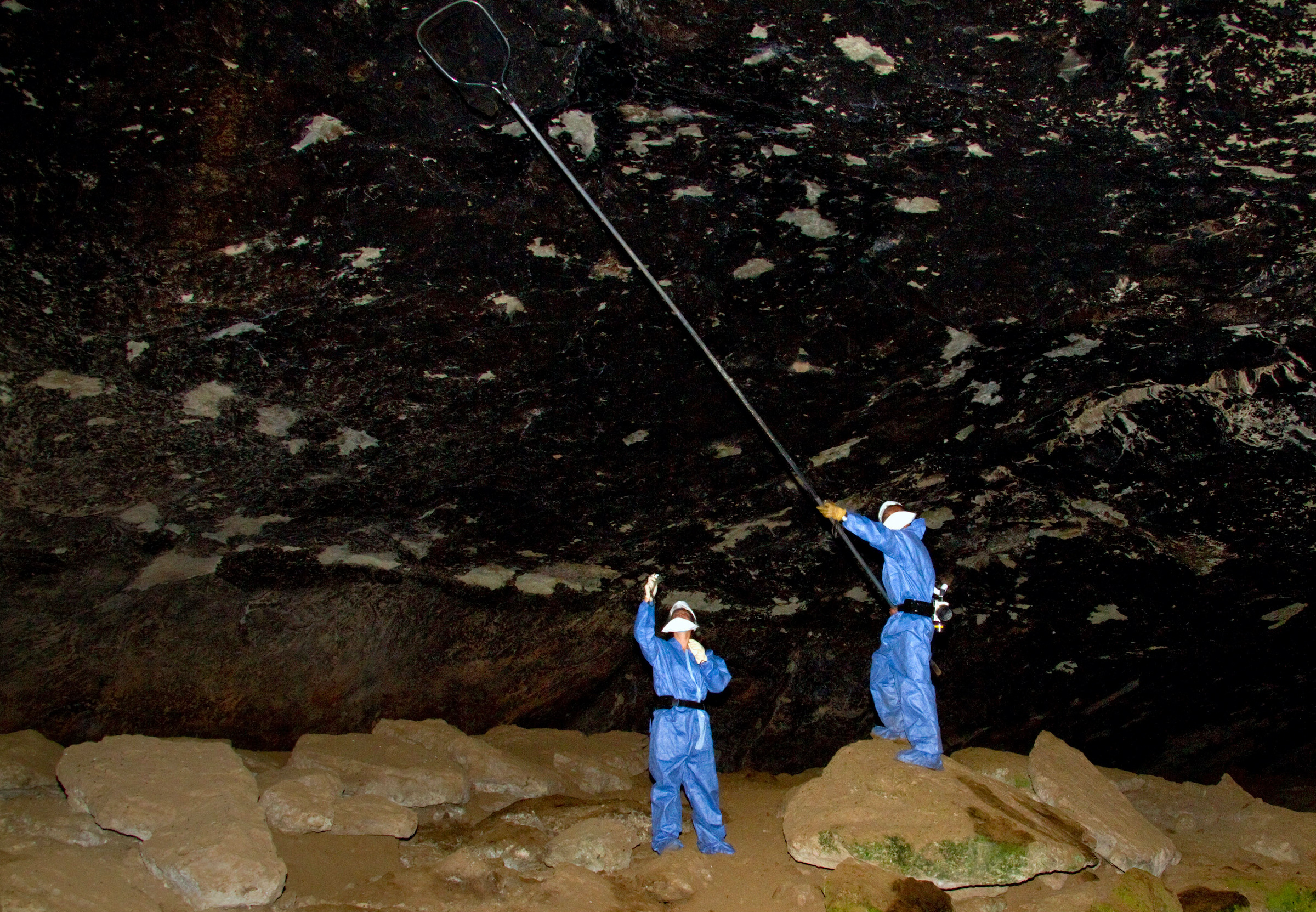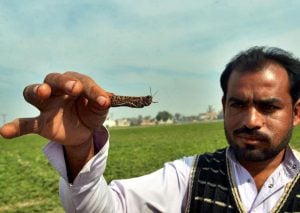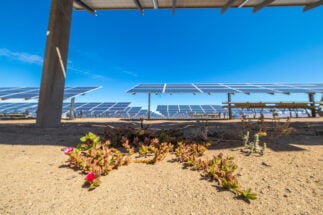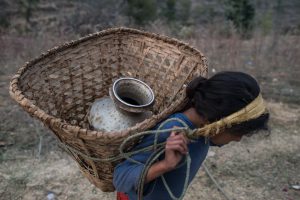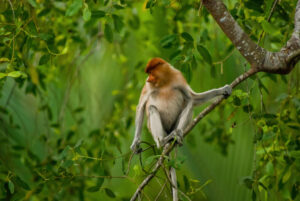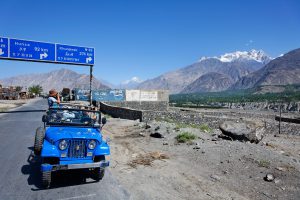“A perfect storm” of rampant deforestation, uncontrolled expansion of agriculture, intensive farming, mining, infrastructure development, and wild species exploitation is driving the spillover of diseases from wildlife to people, according to international scientists.
As many as 1.7 million unidentified viruses with the potential to infect people exist in animals and birds, warned IPBES (the Intergovernmental Science-Policy Platform on Biodiversity and Ecosystem Services) in April, adding that future pandemics are likely to be more frequent, deadly and economically damaging than Covid-19.
The statement by IPBES echoes findings of multiple studies by specialists in zoonotic diseases, who have been predicting a pandemic such as Covid-19 for years. But funding for research in this area is “pretty much zero” worldwide, according to Andrew Cunningham, professor of wildlife epidemiology and deputy director of science at the Zoological Society of London (ZSL).
“Hundreds of millions of dollars need to be spent on this area globally,” he says. This type of science combines human health, livestock health and wildlife health, and as such, falls between silos when it comes to funding, he explains. What money there is tends to be grant-based and consequently short-lived, he says, the knock-on effect being that relatively few people globally specialise in the spillover of animal diseases to humans.
What funding there is typically gets directed at what Cunningham calls “virus-hunting” – finding animals to identify what viruses they have. “You can do that till the cows come home but it won’t really help you prevent the next pandemic,” he says.
Instead, research needs to better understand how behaviours bring people into contact with wildlife and wildlife products, he says. This would provide more information on the relative risks of hunting, live wildlife markets, or agriculture encroaching into forests and exposing livestock to remote populations of wild animals. It is not yet clear, for example, which species are particularly risky, or if viruses are more likely to transfer to humans during certain seasons, Cunningham says.
Limited collaboration
Attempts by governments to collaborate on zoonotic disease research are limited. The Global Health Security Agenda (GHSAC) was launched in 2014 as a voluntary alliance of governments, multilateral organisations and charities to promote engagement on infectious diseases. It has a working group on zoonotic diseases, but its role is to identify areas of research to inform funding organisations, rather than funding or undertaking the research itself.
Catherine Machalaba, policy advisor and research scientist at non-profit EcoHealth Alliance, which is a member of the GHSAC, says that capacity to manage risk factors that lie outside the public health sector is limited, and few efforts exist to create early warning systems on pandemics. In order to do this, environment and animal health sectors need to be integrated with health security to improve detection of wildlife pathogens, she says. “This is critical for getting ahead of disease threats to move from reactive response to proactive prevention.”
Covid-19 has made COP15 even more relevant. The negotiations need to be reframed around preventing pandemicsLi Shuo, Greenpeace global policy advisor
The EcoHealth Alliance is one of few organisations that works at the intersection of animal, environment and human health. However, at the end of April, US federal agency the National Institutes of Health (NIH) axed funding for a project the alliance was running, saying that it did not “align with agency priorities”.
But the alliance said the project was analysing the risk of coronavirus emergence, and that genetic sequencing it had carried out was helping to design drugs against Covid-19. Just before the funding was terminated, the NIH had questioned the alliance over whether it had provided any money to China’s Wuhan Institute of Virology, which President Donald Trump has accused of being the source of Covid-19, despite failing to support this claim with evidence.
A new approach is needed
To prevent another pandemic, ZSL has called for a new global centre of excellence to provide long-term research programmes, and to train students to work across disciplines, including epidemiology, medicine, veterinary science, modelling, social science and anthropology. The World Health Organization, the UN Environment Programme and the Food and Agriculture Organization should come together to establish such a body, or organise governments to do so, Cunningham suggests.
The upcoming global deal on biodiversity protection, to be decided at COP15 in China, is an opportunity for governments to better coordinate wildlife protection to reduce the threat of future pandemics, according to Li Shuo, Greenpeace global policy advisor. “Covid-19 has made COP15 even more relevant. The negotiations need to be reframed around preventing pandemics,” he says.
The emergence of a virus even deadlier than Covid-19 is “just a matter of time”, says Cunningham. As well as viruses yet to be discovered, there are some already known about that could become more devastating, he says. For example, the nipah virus, which kills 40-75% of infected people, has so far not been very effective at spreading between humans, so outbreaks have fizzled out.
But nipah is a ribonucleic acid virus, which are very good at adapting, Cunningham says. “Each time there’s a spillover, we’re giving it another opportunity to adapt to a new host. It might take 100 or 1,000 spillover events before it can spread effectively from person to person. But once it can do that, there’s no going back. It will cause a pandemic with a 50% fatality rate. Why do we wait for these things to happen before we do something about it?”
